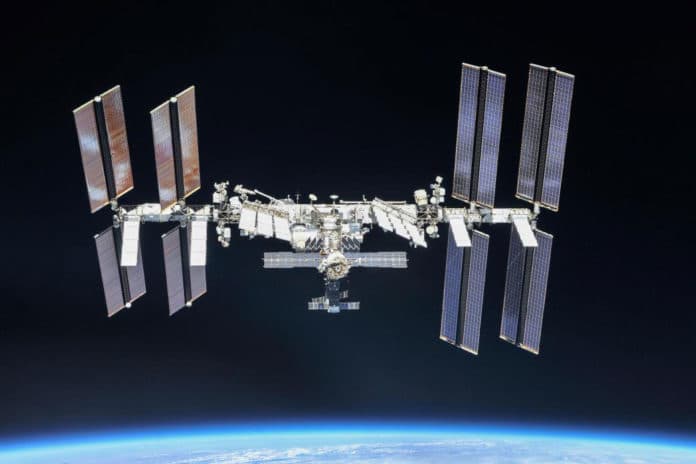Solar energy is really great, but when it comes to facing the different weather conditions, it couldn’t resist them. On dark cloudy days, the electricity will be much less than the production day, in which the sky is clear and cloud free.
So how do you deal with this problem? There is a solution- You can create a solar energy center that can tap the sun ray without worrying about an inconstancy like an orbital change or day and night cycles. And whenever it is required then beam this solar energy down to earth.
China has the same plan. With an aim to take its renewable energy push to a new height, China’s scientists revealed their new plan to build the first solar power station in space. They are planning to set their design on the Earth’s orbit at 36,000 kilometers and turn the sun’s rays into electricity before beaming the energy back to Earth.
A researcher from the China Academy of Space Technology Corporation, Pang Zhihao, said space solar power station held the promise of providing “an inexhaustible source of clean energy for humans.”
This solar power station could reliably supply energy 99 percent of the time, at six-times the intensity of solar farms on earth, he said.
Initially, the team is planning to build and launch small to medium-sized solar power stations to be launched into the stratosphere between 2021 and 2025. Then they have planned to start building the megawatt-level space solar power station in 2030.
The construction of an early experimental solar station has already begun in the western city of Chongqing, as reported in China’s Science and Technology Daily newspaper.
According to the China Academy of Space Technology vice-president Li Ming, it is part of China’s goal to establish itself as the first country to construct a space solar power station with practical value. As you might imagine, there are several challenges the team is already facing in building this solar power station. It involves the size and the weight of the station which is expected to be around 1000 tonnes. It is greater than the existing 400 tonnes of the International Space Station.
Also, the team is examining the best possible way to construct the power station in the space like using robots and 3D printing technology. This would allow the solar power station to be built entirely in space, rather than constructed on Earth and then transported to orbit.
